#Photometer
Explore tagged Tumblr posts
Text
Odosense
Odosense acts as a silent guardian, purpose-built for challenging environments such as wastewater treatment plants, landfill sites, and fertilizer factories. These are locations where unexpected and unpleasant odors can arise, causing discomfort to nearby residents and potentially harming a company’s reputation. With its advanced electronic nose (e-nose) technology, Odosense continuously detects and monitors odor-causing gases in real time. This allows facilities to manage and control odors before they become noticeable or lead to public complaints. By delivering continuous insights, Odosense helps ensure that odor issues are addressed proactively, making it an essential tool for industries committed to environmental responsibility and community well-being.
Key Features of Odosense
Patented Technology Utilizes innovative e-Breathing technology to ensure highly accurate data collection. Solar Powered Operates entirely on solar energy, making it perfectly suited for remote or off-grid installations. Tamper-Proof Design Equipped with a robust security system to prevent tampering, malfunction, or sabotage. Network Agnostic Compatible with various communication protocols including GSM, GPRS, WiFi, LoRa, NB-IoT, Ethernet, Modbus, Relay, and Satellite. Over-the-Air Updates Supports remote software upgrades via a central server, eliminating the need for onsite maintenance. Internal Data Storage Features built-in memory with a storage capacity of up to 8 GB, retaining data for up to 90 days. Compact and Lightweight Designed for easy installation at a height of 12–15 feet (3.5–5 meters), the unit is both compact and lightweight. Relay-Based Automation Enables automatic activation of odour neutralizers when odour levels exceed pre-set thresholds. Real-Time Monitoring Delivers continuous monitoring with real-time data transfer at user-defined intervals. Retrofit-Friendly A plug-and-play design allows for quick and hassle-free deployment in existing systems. Weather Resistant (IP66 Rated) Built with an IP66-certified enclosure, ensuring durability and performance in harsh weather conditions. Triple Calibration Process Each device undergoes a three-level calibration—factory calibration, multi-span calibration, and collocation calibration—as per U.S. EPA standards for optimal accuracy. Visit www.technovalue.in for more info.

#PMMonitoring#Photometer#ExposureMonitoring#FRMSupplement#RemoteMonitoring#DustMonitoring#EarlyDetection
0 notes
Text
NASA expects to soon launch a mission to create the most colorful 3D map of the entire sky yet. Known as SPHEREx, it will analyze every pixel to see what's there, what it's made of, and how far away it is in an attempt to answer some of the most profound questions ever asked. The craft is set to launch on Friday 28 February, after which it will scan the whole sky four times over the course of the next two years. By the end of the mission, every point above will have been captured in an infrared rainbow of 102 colors – far more than any other all-sky map.
Continue Reading.
#Science#Space#Astronomy#NASA#National Aeronautics and Space Administration#SPHEREx#Spectro-Photometer for the History of the Universe Epoch of Reionization and Ices Explore
76 notes
·
View notes
Text
Microprocessor Flame Photometer
Discover unparalleled accuracy and efficiency with the Microprocessor Flame Photometer from Laboidasia. Designed for the precise determination of alkali and alkaline metals, this advanced instrument is essential for laboratories in agriculture, biochemistry, clinical research, and environmental science. Featuring state-of-the-art microprocessor technology, it ensures rapid, reliable results with user-friendly operation. Optimize your analysis with customizable calibration, automatic ignition, and robust safety features. Experience innovation and precision combined—choose the Microprocessor Flame Photometer for your laboratory needs.
0 notes
Text
Aerosol Photometer NAP-101
Labnics aerosol photometer is a compact, on-site leakage detection device with a flow range of 1,500 to 65,000 CFM and a display range of 0.0001% to 100.0% on a colorful LCD. Features include auto-zero on start-up and accurate measurement, making it ideal for leakage detection.
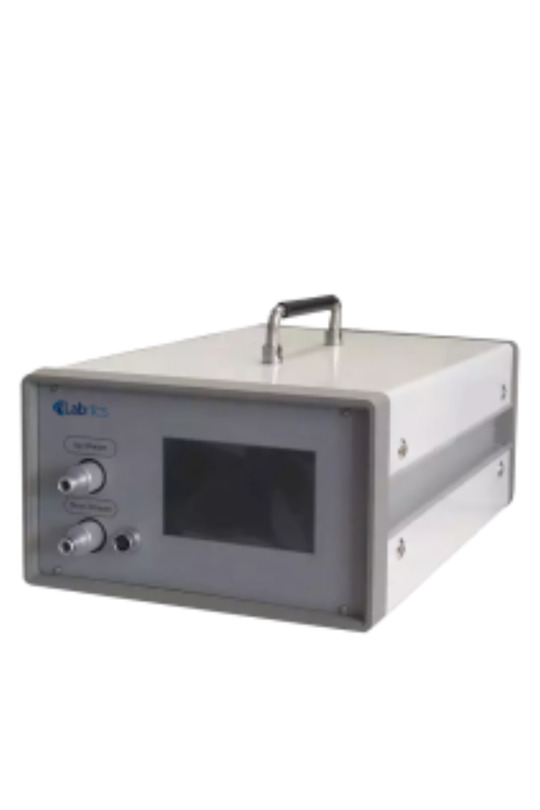
0 notes
Text
Flame Photometer NFP-101
Labnics flame photometer measures K 0-100ppm and Na 0-160ppm concentrations via flame color and wavelengths. It has a minimum suction volume of <6mL/min, supports 3 display channels, offers flame-out protection, saves calibration curves and allows single-point calibration.
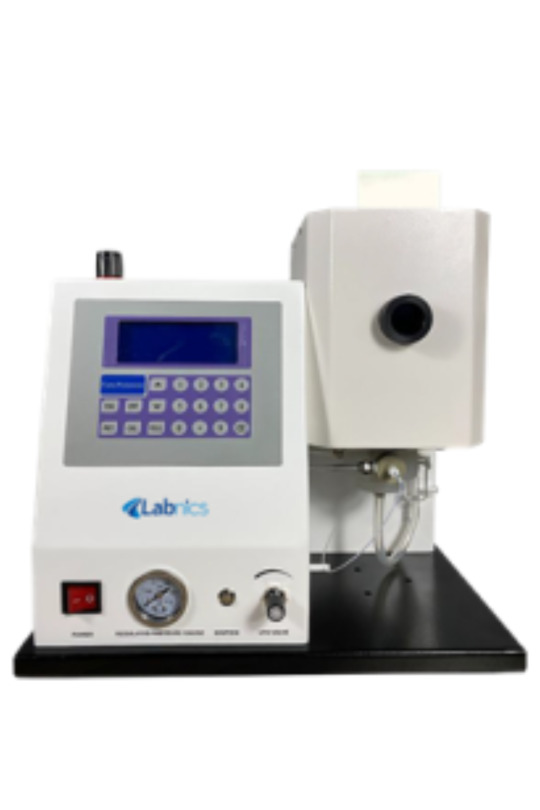
0 notes
Text
Aerosol Photometer NAP-101
Labnics Aerosol Photometer delivers precise aerosol measurement in stringent air quality conditions. It operates on a 230V (±10%) and offers a dynamic range up to 600 µg/L, with a data range from 0.0001% to 100.0%, ensuring reliable performance across different environments.
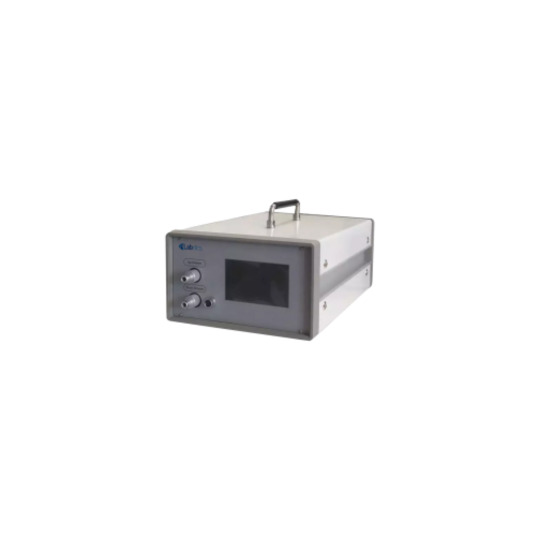
0 notes
Text

Looking for a trusted Flame Photometer Manufacturer? FTIR Spectrophotometer provides high-quality flame photometers designed for precise and efficient analysis of metal ions in various samples. Ideal for laboratories, research centers, and industrial applications, our flame photometers offer accurate and reliable results with user-friendly operation and advanced features. Committed to delivering excellence, FTIR Spectrophotometer ensures all our equipment meets international quality standards, providing unmatched performance and durability. Choose FTIR Spectrophotometer as your reliable partner for cutting-edge laboratory solutions. Contact us today for the best flame photometer options and exceptional customer support!
0 notes
Text
Aerosol Photometer AC220 V,50/60Hz

Labnics Aerosol Photometer is a compact aerosol generator with a photometer for on-site leakage detection. It supports a flow range of 1,500 to 65,000 CFM (42 to 1839.5 m³/min). At 10 μg/L and 100 μg/L concentrations, the flow is 65,000 CFM. It detects PAO, DOP, and polydisperse particles using heating.
0 notes
Text
Flame Photometer
Labtron Flame Photometer tests elements K (range 0-100 ppm) and Na (range 0-160 ppm) using 2 channels, displays optical power values, and provides a data range from 0000 to 9999. Features include a touch screen display with a response time of < 8 sec. The unit is equipped with flame-out protection devices, supported by an air compressor to ensure stable flame conditions, and provides the option to select different concentration units.
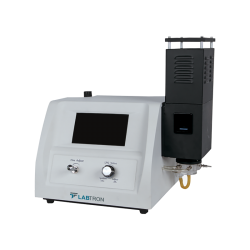
0 notes
Text

A laboratory flame photometer performs chemical analysis of alkali metals depending on their emission spectra. Calibrated device determines the concentration of metals in the sample efficiently. The flame photometer has a gross weight of 18 kg. The flame photometer automatically calculates the correlation coefficient and uptakes samples at a rate of up to 6 L/min.
0 notes
Text
DustTrak Environmental Monitor 854301-1
The DustTrak Environmental Monitor is an air monitoring system built to house DustTrak photometer models 8540 or 8543. DustTrak's early detection features allow quick response to exposure concerns. This system is built upon proven DustTrak technology that thousands of people use every day. The DustTrak environmental monitor is a real-time supplement to Federal Reference Method (FRM) data collection that can be deployed remotely quickly. It is on the South Coast Air Quality Management District pre-approved list of i
Product Details Whether you work at a construction site, engineering firm or manage the aftermath of wildfires, TSI's DustTrak Environmental Monitor is compatible with a variety of accessories, allowing you to collect the data that matters.
Environmental Consultants and Engineering Firms — Obtain real-time, near-reference data for environmental monitoring. This instrument is compatible with a variety of sensors to detect volatile organic compounds (VOCs), gases, wind speed and more.
Construction — Measure dust while minimizing downtime. The Environmental DustTrak monitor can help keep your project on track. The instrument is field serviceable, contains replaceable photometers and has a long pump life. Monitor your project 24 hours a day, 7 days a week, 365 days a year.
Emergency Responders — Monitor air pollution after wildfires and other environmental disasters with real-time alerts. The Environmental DustTrak monitor can provide actionable data, which can assist decision makers in deploying personnel and resources.
Applications
Outdoor environmental monitoring
Monitoring for a Community Air Monitoring Plan (CAMP)
Fugitive emissions monitoring
Site perimeter monitoring
Brownfields/remediation monitoring
Fence-line monitoring
Dust control operations
Environmental research studies
Construction site monitoring
Harsh industrial environmental monitoring
Urban pollution studies
Features & Benefits
Simultaneously measure size-segregated mass fraction concentrations corresponding to PM1, PM2.5, respirable, PM10, and total PM size fractions
Minimal set-up
New tri-pod mount capability
Easy-to-use custom alarm settings for alerts anytime, anywhere
Perform in-line gravimetric analysis for custom reference calibrations
Aerosol concentration range 0.001 to 150 mg/m³
Environmentally protected and tamperproof with environmental enclosure
MCERTS certified models now available for PM2.5, PM10, and total PM, respectively
On the South Coast AQMD pre-approved list of instruments for Rule 1466
Automatic differential calculations between upwind and downwind values
Visit www.technovalue.in for more info.

#PMMonitoring#Photometer#ExposureMonitoring#FRMSupplement#RemoteMonitoring#DustMonitoring#EarlyDetection
0 notes
Text
Flame photometer
A flame photometer is a scientific instrument used to measure the concentration of certain elements in a sample by analyzing the intensity of light emitted when the sample is burned in a flame. It's commonly employed in fields like chemistry and environmental science to analyze elements like sodium, potassium, and calcium.
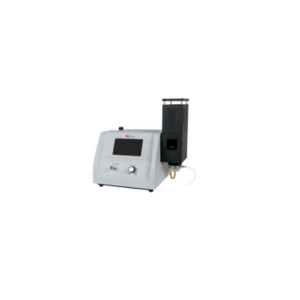
#Flame photometer suppliers in Alaska#Flame photometer suppliers in Alabama#Flame photometer suppliers in Hawaii
0 notes
Text
How to Properly Clean Your Laboratory Mixer
Laboratory Mixer play a crucial role in scientific research and experimentation, aiding in the precise blending of liquids and powders. To ensure optimal performance and maintain the integrity of your samples, it is vital to keep your laboratory mixer clean and well-maintained. In this guide, we will explore the importance of cleaning your mixer, the potential risks of neglect, and the step-by-step process for proper cleaning.
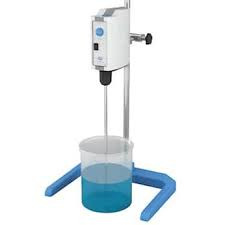
Why Cleaning Your Laboratory Mixer is Essential
1. Prevent Contamination
One of the primary reasons for cleaning your laboratory mixer is to prevent cross-contamination. Residue from previous experiments can contaminate new samples, leading to inaccurate results and compromised data integrity. This is especially critical in sensitive experiments, such as those involving cell cultures, pharmaceuticals, or toxicology studies.
2. Extend Equipment Lifespan
Regular cleaning not only ensures the quality of your experiments but also helps extend the lifespan of your Laboratory Shaker & Mixer. Buildup of substances can lead to wear and tear, affecting motor function and overall performance. By maintaining cleanliness, you minimize the risk of mechanical failures and the need for costly repairs or replacements.
3. Compliance with Safety Standards
Laboratories must adhere to strict safety and hygiene regulations. Failing to clean your equipment can lead to violations of these standards, potentially resulting in penalties, project delays, or reputational damage. A clean laboratory environment is crucial for ensuring the safety of all personnel and maintaining a productive workspace.
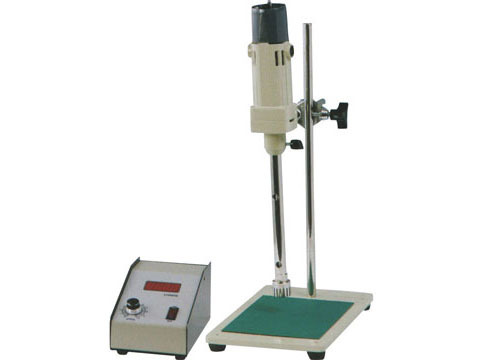
Risks of Neglecting Cleaning Procedures
Neglecting proper cleaning protocols can result in several risks, including:
Biological Contamination: In microbiology or biochemistry labs, leftover residues can promote bacterial growth, leading to unsafe working conditions.
Chemical Reactions: Residual chemicals may react with new samples, creating unexpected and potentially hazardous outcomes.
Data Integrity Issues: Contamination can skew results, leading to false conclusions and wasted time and resources.
Equipment Failure: Dirty mixers may overheat or malfunction due to buildup, leading to costly repairs and downtime.
Step-by-Step Cleaning Process for Your Laboratory Mixer
Materials Needed:
Mild detergent or cleaning solution
Distilled water
Soft cloth or sponge
Brush with soft bristles (optional)
Gloves
Safety goggles
Cleaning Procedure:
Step 1: Preparation
Before cleaning, ensure the mixer is unplugged and turned off. This is a crucial safety step to avoid any accidents while cleaning. Wear gloves and safety goggles to protect yourself from potential chemical exposure.
Step 2: Disassemble the Mixer
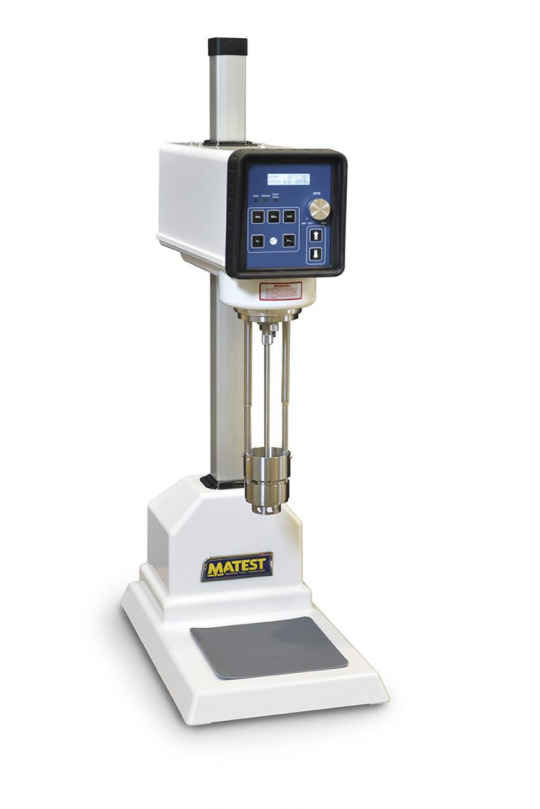
Carefully disassemble the mixer according to the manufacturer’s instructions. This usually involves removing the mixing vessel, blades, or paddles. Take care not to damage any components during this process. If you’re unsure, consult the user manual for specific disassembly instructions.
Step 3: Rinse Components
Rinse the disassembled parts under warm running water to remove any loose debris or residue. This initial rinse helps to loosen stubborn contaminants. Avoid using high-pressure water, as it may damage sensitive components.
Step 4: Clean with Detergent
Prepare a solution of mild detergent and distilled water, following the manufacturer’s recommended dilution. Using a soft cloth or sponge, apply the cleaning solution to the mixer components, ensuring to clean all surfaces, including hard-to-reach areas. For stubborn residues, a soft-bristle brush can be used to scrub gently without scratching the surfaces.
Step 5: Rinse Thoroughly
After scrubbing, rinse all components thoroughly under running water to ensure no detergent residue remains. Detergents left on the surfaces can contaminate future samples, so this step is essential for cleanliness.
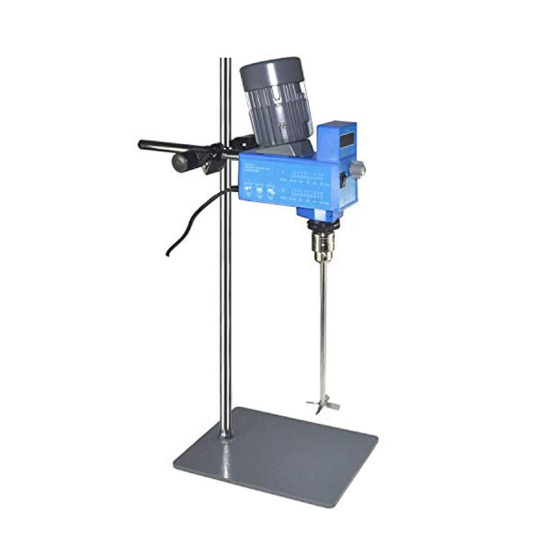
Step 6: Dry Components
Dry all components with a soft, lint-free cloth or allow them to air dry completely before reassembling the mixer. Avoid using paper towels, as they may leave lint or fibers behind.
Step 7: Clean the Base Unit
While the removable parts are drying, clean the base unit of the mixer. Wipe down the exterior with a damp cloth and a mild cleaning solution, avoiding any openings or electrical components. Use a soft brush to clean around any buttons or crevices.
Step 8: Reassemble the Mixer
Once all components are dry, reassemble the mixer according to the manufacturer's instructions. Ensure that all parts are securely attached and in their correct positions to avoid operational issues.
Step 9: Final Inspection
Perform a final inspection to ensure that the mixer is clean, reassembled properly, and functioning correctly. Check for any signs of wear or damage that may need addressing.
Additional Tips for Maintenance
Regular Cleaning Schedule: Establish a regular cleaning schedule based on usage frequency. For high-use mixers, daily cleaning may be necessary, while less frequently used mixers may require weekly cleaning.
Use Appropriate Cleaning Solutions: Always use cleaning agents recommended by the manufacturer to avoid damaging the mixer.
Monitor for Wear and Tear: Regularly check for signs of wear on blades and components, replacing them as necessary to maintain optimal performance.
Store Properly: When not in use, store the mixer in a clean, dry area to prevent dust and contaminants from settling on it.
Conclusion
Maintaining a clean laboratory mixer is essential for ensuring the accuracy of your experiments and prolonging the life of your equipment. By following the proper cleaning procedures and adhering to regular maintenance schedules, you can help prevent contamination, avoid equipment failures, and comply with safety regulations. A well-maintained mixer not only supports your research but also contributes to a safe and productive laboratory environment.
#Laboratory Mixer#Laboratory Shaker & Mixer.#Microprocessor Flame Photometer#Slide Staining Machine#Semi-Automatic Rotary Microtome
0 notes
Text
Aerosol Photometer NAP-100
Labnics aerosol photometer ensures real-time integrity by detecting aerosol concentration upstream and downstream. It has a dynamic range up to 600 µg/L and data range from 0.0001% to 100%. Features include a solid die-cast aluminum enclosure, low energy consumption, low heat and low light deviation.
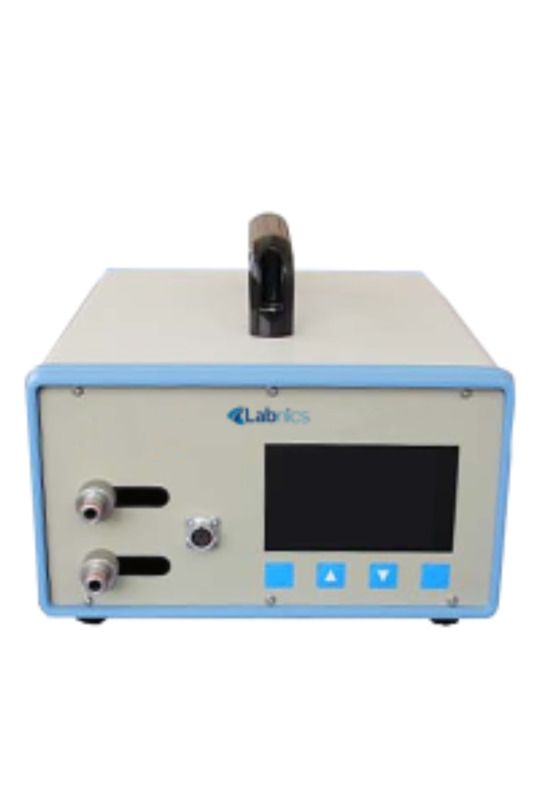
0 notes
Text
Flame Photometer NFP-100
Labnics Flame Photometer analyzes metal ion concentrations such as K (0-100 ppm) and Na (0-160 ppm) by detecting flame color and excitation wavelengths. It features 2 channels, operates at 10°C - 35°C and includes a multilingual user interface, flame-out protection and selectable concentration units.
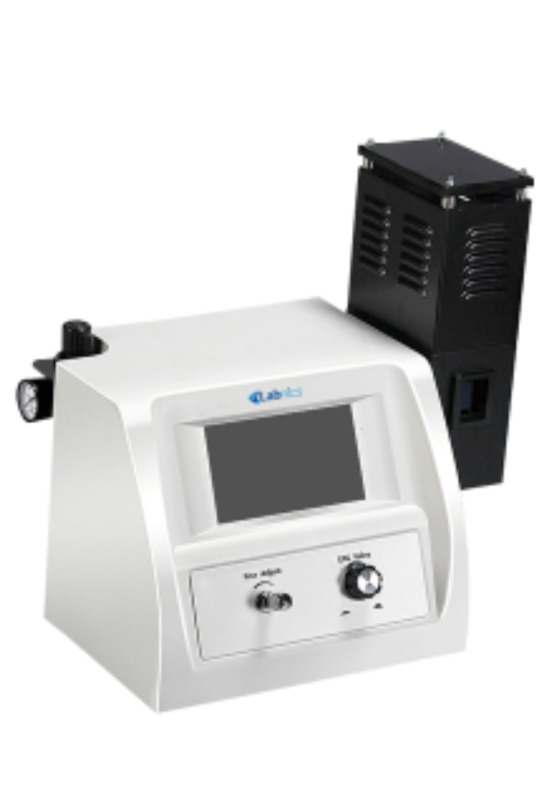
0 notes